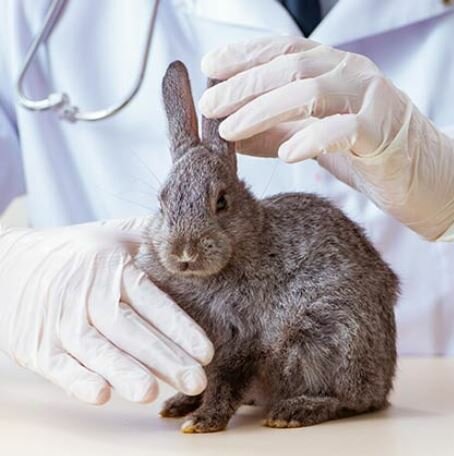Under REACH, testing on vertebrate animals (e.g. rats, other mammals or fish) can only be used as a last resort to fulfil information requirements for registration. There are multiple ways to avoid unnecessary animal testing and to reduce the number of animal tests.
For each individual information requirement you should consider the following:
- Gather and share existing data. You may get access to published literature that is sufficient for fulfilling the information requirement. If a result of a valid animal test is available, it must be shared with co-registrants. The owner of the test must be compensated according to pre-agreed rules.
- Data waiving or adaptations: rules for adaptations are part of the legal text. They can be either specific (under column 2 of each endpoint) or general (under Annex XI).
To use the general rules, you can waive data or use an adaptation based on the following scientific arguments:
- Weight of evidence. You have sufficient information from several independent sources that lead to the conclusion that your substance has (or does not have) a particular property.
- QSAR models. Some properties of your substance can be predicted from structurally similar substances by using computer models.
- In vitro methods. Tests performed with isolated tissues, organs or cells instead of a whole organism can be adequate to conclude on an information requirement.
- Grouping and read-across. If you can show that the way your substance behaves for a certain property is similar to how another substance behaves, existing results for that property can be “read across” to your substance.
If you decide to use one of the possibilities, you are claiming an adaptation.
Published by European Chemical Agency









 Follow us on Linkedin!
Follow us on Linkedin!